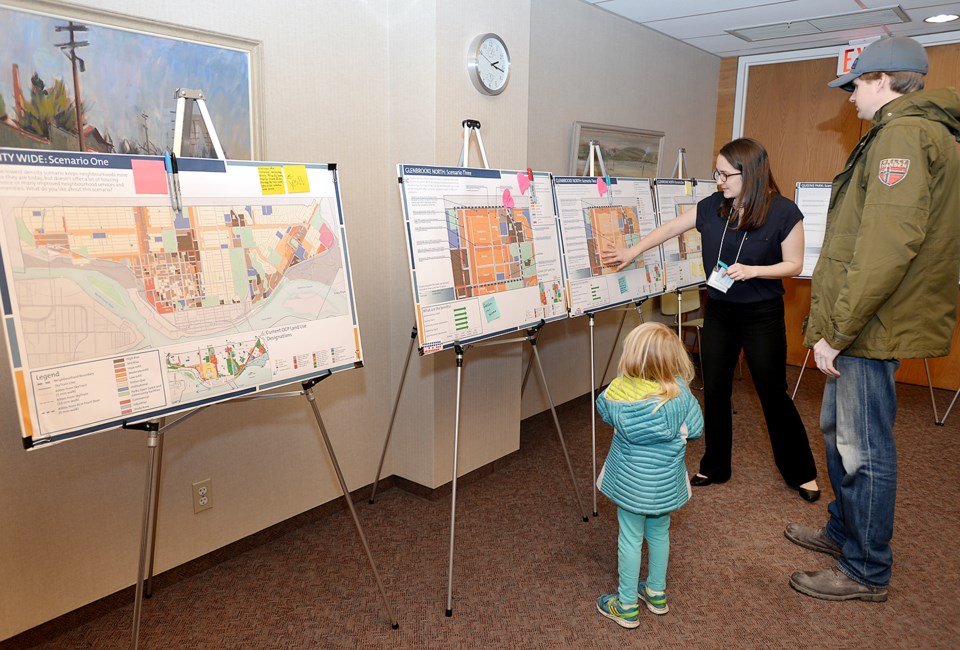New Westminster is following through on commitments to implement its new official community plan – but wondering if it may need to move in a different direction because of rapid changes in the housing market.
After adopting the official community plan in October 2017, city council endorsed a work plan that outlined implementation work that would be done in 2018 and 2019. That plan included monitoring of Phase 1 of the infill housing program (laneway and carriage houses, infill townhouses and rowhouses) and working on Phase 2 of the infill housing program, which includes the development of guidelines and bylaws for duplexes and small-lot subdivisions.
“This step of spending time looking at small-lot subdivisions, I am wondering if it is still our priority?” said Coun. Patrick Johnstone. “I am not sure with the pressures that we are facing right now, with housing affordability and with the lack of affordable, family-friendly housing in the city, if subdividing small lots is really going to address the problems that are most pressing for us right now, not just in New Westminster but in the region.”
Johnstone suggested the city may need to consider switching up its priorities for infill housing, taking into account the rapid changes to the housing market since the OCP process and the city’s efforts to address “the missing middle” and housing variety in residential areas. He suggested the economic analysis being done this summer should be expanded to include other types of infill density housing forms, such as quadraplexes and cluster homes.
On July 9, council considered a report that outlined plans for staff to get to work on work developing an implementation program for duplexes and the subdivision of single-detached dwelling priorities into small and compact lots. In addition to the doing the background research on these housing forms in the summer and fall, staff proposed hiring a consultant to do an assessment of the economic viability of the infill housing forms, which would update an assessment done in 2015.
Senior planner Lynn Roxburgh said the city considered a broad range of housing types in the OCP, including laneway housing, rowhouses, townhouses, duplexes, triplexes, quadraplexes and cluster houses, and ranked and prioritized the various housing forms based on community feedback. She said the highest level of support was for laneway houses and infill houses, followed by subdivisions and duplexes.
“We were interested in proceeding with that after the OCP concluded and then moving on to the other forms like quadraplex and triplex and cluster house. Those received slightly lower levels of support,” she said. “There was still support from the community during that consultation process, it was just wasn’t as high as the other ones. In part, we thought at the time from the comments in the consultation, it was a lack of familiarity with some of those forms.”
Council directed staff to expand economic analysis to include other housing forms. Once that work is done, council and staff will discuss the next steps and priorities in the OCP work plan.
Because the market has changed quite a lot since the initial economic analysis was done, Roxburgh said staff thought that information should be refreshed.
“We are going to go forward with the economic analysis over the summer and report back at the end of the summer and report back about the reprioritization opportunities,” she said. “We can still do that within the budget allocated for the work.”



